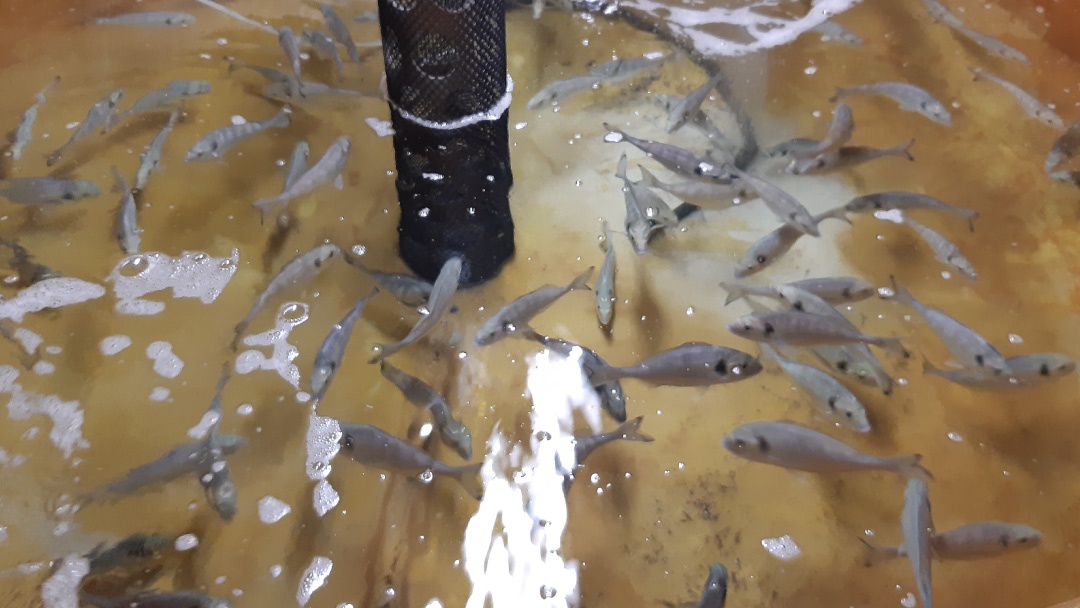
A groundbreaking study has, for the first time, assessed the practical use of Torula yeast-based single-cell protein in diets for gilthead sea bream (Sparus aurata), revealing encouraging results in terms of growth, gut health and immune function.
As the aquaculture sector continues its shift towards more sustainable feed sources, researchers from the University of Bologna have evaluated the incusion of single-cell protein derived from Torula yeast (Candida utilis), produced by Arbiom from forestry by-products, as a novel alternative to traditional fish meal.
In the trial, juvenile sea bream were fed one of four experimental diets over a 76-day period, in which fish meal was partially replaced by single-cell protein at inclusion levels of 0%, 5%, 7.5% and 10%. The trial was followed by a week-long challenge phase, during which the fish were exposed to elevated temperature (30ºC) and reduced oxygen levels, simulating stressful farming conditions.
Results showed that fish fed the diet containing 7.5% single-cell protein growth rates and feed efficiency on par with control group, whereas both the 5% and 10% single-cell protein diets were associated with reduced performance. As the researchers note, “single-cell protein 7.5% exhibited growth and feed utilization more compatible to the control group, whereas both single-cell protein 5% and 10% induced a drop.”
In addition to growth parameters, the study assessed blood chemistry, immune gene expression, and gut microbiota composition. Notably, fish fed single-cell diets showed reduced levels of key hepatic enzymes (AST, ALT, CK and LDH), particularly at the 10% inclusion level. The 7.5% single-cell protein diet also demonstrated enhanced local immunity, with activation of both pro-and anti-inflammatory responses before and after the challenge phase.
The gut microbiota analysis revealed an increase in beneficial bacteria such as Bacillus spp. in single-cell protein fed groups, suggesting a positive effect on gut health. Moreover, functional analysis of the microbiome indicated enhanced amino acid metabolism, particularly histidine biosynthesis, in fish fed the 5% and 10% single-cell protein diets.
In summary, the authors concluded that a 7.5% inclusion of Torula yeast single-cell protein can serve as an effective replacement for fish meal, providing additional health benefits related to liver function and immune regulation, emphasizing its dual nutritional and functional value.
This study not only adds to the growing body of evidence supporting microbial proteins in aquafeeds, but also highlights the circular economy potential of transforming forestry residues into high-value, sustainable aquaculture ingredients.
Reference:


